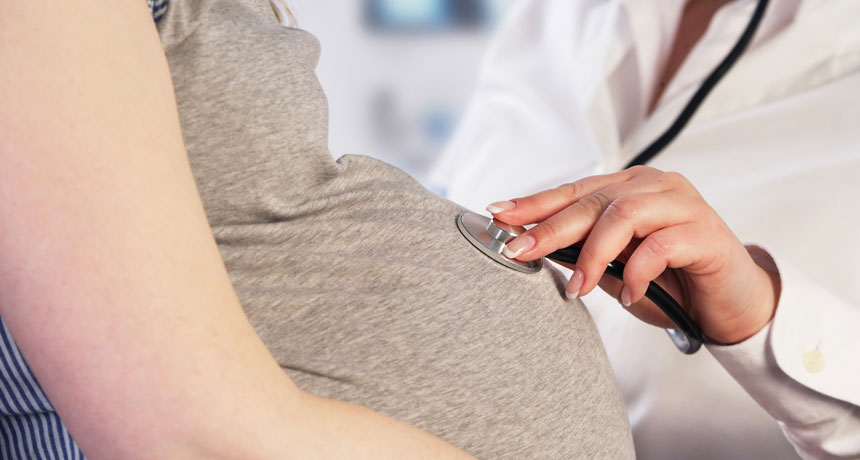Certain birth defects are on the rise since Zika arrived in the U.S.

Certain birth defects were 20 times more prevalent in babies born to Zika virus–infected mothers in the U.S. in 2016 than they were before the virus cropped up in the United States, a CDC study suggests. The finding strengthens the evidence that a mother’s Zika infection during pregnancy raises her baby’s risk of microcephaly and other brain malformations.
The study, published March 3 in the CDC’s Morbidity and Mortality Weekly Report, examined data collected through birth defect surveillance programs in Massachusetts; North Carolina; and Atlanta, Georgia, in 2013 and 2014. In that timeframe — before Zika appeared in the United States — microcephaly, brain abnormalities or another Zika-associated birth defect appeared in just 3 out of every 1,000 live births.
But from January to September 2016, 26 babies out of 442 born to mothers with suspected Zika virus infection during pregnancy showed these defects, according to data from the U.S. Zika Pregnancy Registry. That’s an incidence of nearly 60 per 1,000 pregnancies carried by women with Zika, far higher than the pre-Zika level.
Though the two datasets were collected using different measures and so aren’t directly comparable, the findings bolster previous evidence suggesting that certain brain defects appear much more frequently in babies born to Zika-infected mothers.